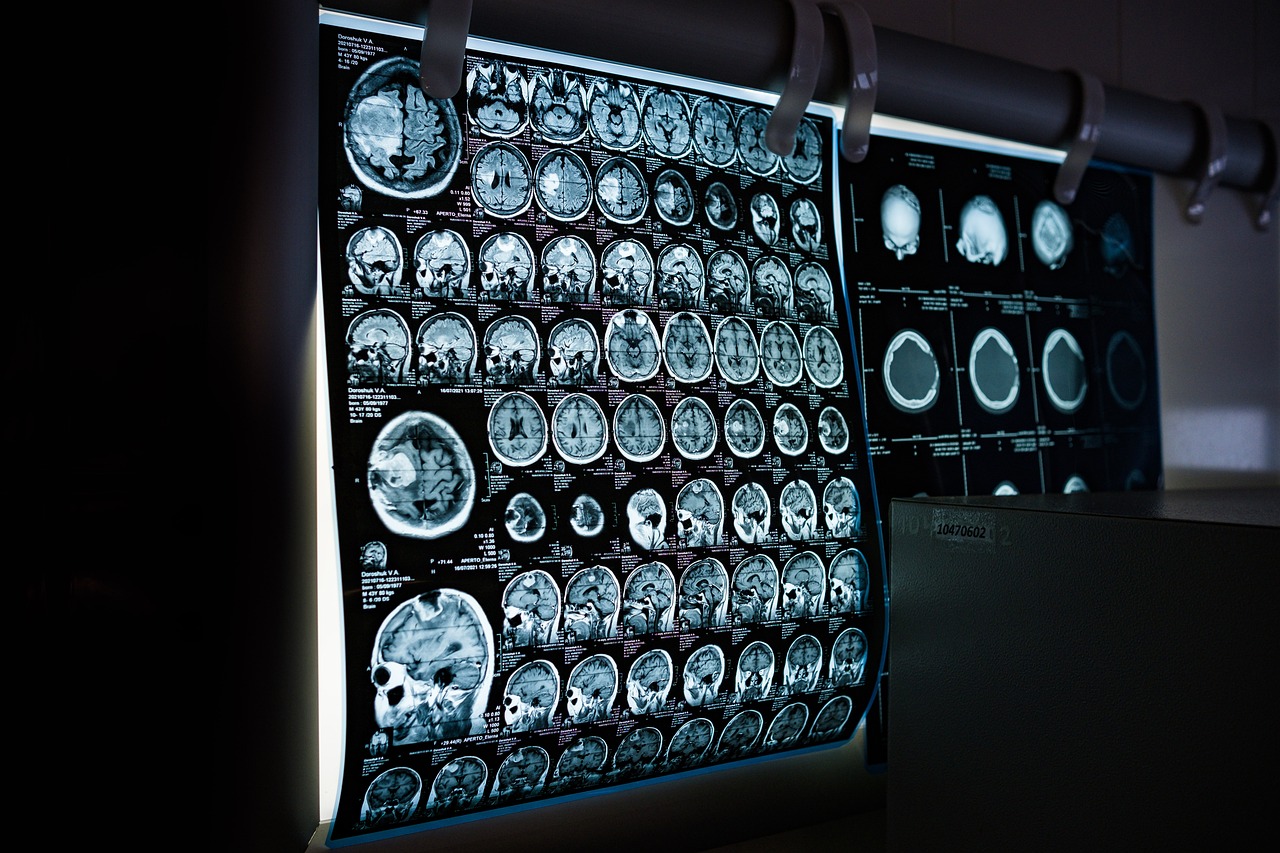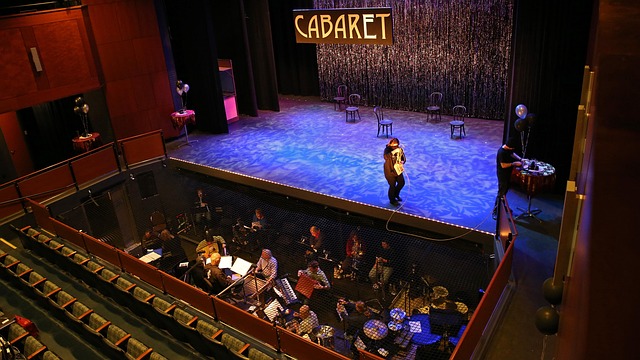【Music】Article four: 'Digital music and critical music literacy'
The Society of Music Analysis report indicated that digital music often sits uncomfortably within a curriculum where the main focus is on the non-digi... [more]
The Society of Music Analysis report indicated that digital music often sits uncomfortably within a curriculum where the main focus is on the non-digi... [more]
Music teacher identity is constructed at the intersection between musician and teacher. This study investigated the meaning of music-making among Kore... [more]

This contribution to the 'Archives of the Dance' series explores Chisenhale Dance Space's collection and my work with it as a PhD researcher. My re...

A Tunisian youth movement, Dancers Citizens South (DCS), founded on 31 May 2015, encourages young people to find agency in their communities by creati...
Aim. This paper reports a study to determine the effect of music on physiological parameters and level of pain in patients undergoing application of a C-clamp after percutaneous coronary interventions. Background. Most percutaneous coronary interventions
The connection between music and identity is especially evident in the African diaspora. In the Caribbean, music is particularly important to the cultural and ethnic identities of black populations. This article discusses the multiple meanings of music fo
This paper examines the asymptotic performance of MUSIC-like algorithms for estimating directions of arrival (DOA) of narrowband complex noncircalar sources. Using closed-form expressions of the covariance of the asymptotic distribution of different proje

In the auditory modality, music and speech have high informational and emotional value for human beings. However, the degree of the functional specialization of the cortical and subcortical areas in encoding music and speech sounds is not yet known. We in
We propose a new approach to instrument recognition in the context of real music orchestrations ranging from solos to quartets. The strength of our approach is that it,does not require prior musical source separation. Thanks to a hierarchical clustering a
As of the early twentieth century, a significant body of research has been published that shows how effective game-based learning and gamification techniques can be, compared to other methods. These technologies are also very important for the learning an
Therapist countertransference reactions related to the phenomenon of vicarious trauma (VT) can be examined through polarising physiological responses. Through an integration of counselling and neuroscientific perspectives on empathy and traumatic countert
This article begins by putting basic themes in Jung's psychoanalytic in the context of present-day conceptual predilections that warrant questioning, specifically in relation to feeling and to being a body. The questioning leads to insights into the dyna
The March 2017 advertiser revolt on YouTube, popularly known as the adpocalypse, introduced widespread and radical changes on the platform's policies related to the moderation of content, their 'monetisability' and the terms of the relationship between

Postphenomenology and posthermeneutics as initiated by Ihde have made important contributions to conceptualizing understanding human-technology relations. However, their focus on individual perception, artifacts, and static embodiment has its limitations
Rap music emerged as an aesthetic cultural expression of the urban youth in the late 1970s. It has been denoted as the poetry of the youth who are often disregarded as a result of their race and class status. Since it first came on the music scene, rap ha
Neonates (M age = 16 days) born to depressed and non-depressed mothers were randomly assigned to hear an audiotaped lullaby of instrumental music with vocals or without vocals. Neonatal EEG and EKG were recorded for 2 min (baseline) of silence and for 2 m
AIM: To determine whether listening to music decreases the requirement for dosages of sedative drugs, patients' anxiety, pain and dissatisfaction feelings during colonoscopy and makes the procedure more comfortable and acceptable. METHODS: Patients under
This paper considers the problem of direction of arrival (DOA) and polarization parameters estimation in the case of multiple polarized sources impinging on a vector-sensor array. The quaternion model is used, and a data covariance model is proposed using
Music is an intriguing stimulus widely used in movies to increase the emotional experience. However, no brain imaging study has to date examined this enhancement effect using emotional pictures (the modality mostly used in emotion research) and musical ex